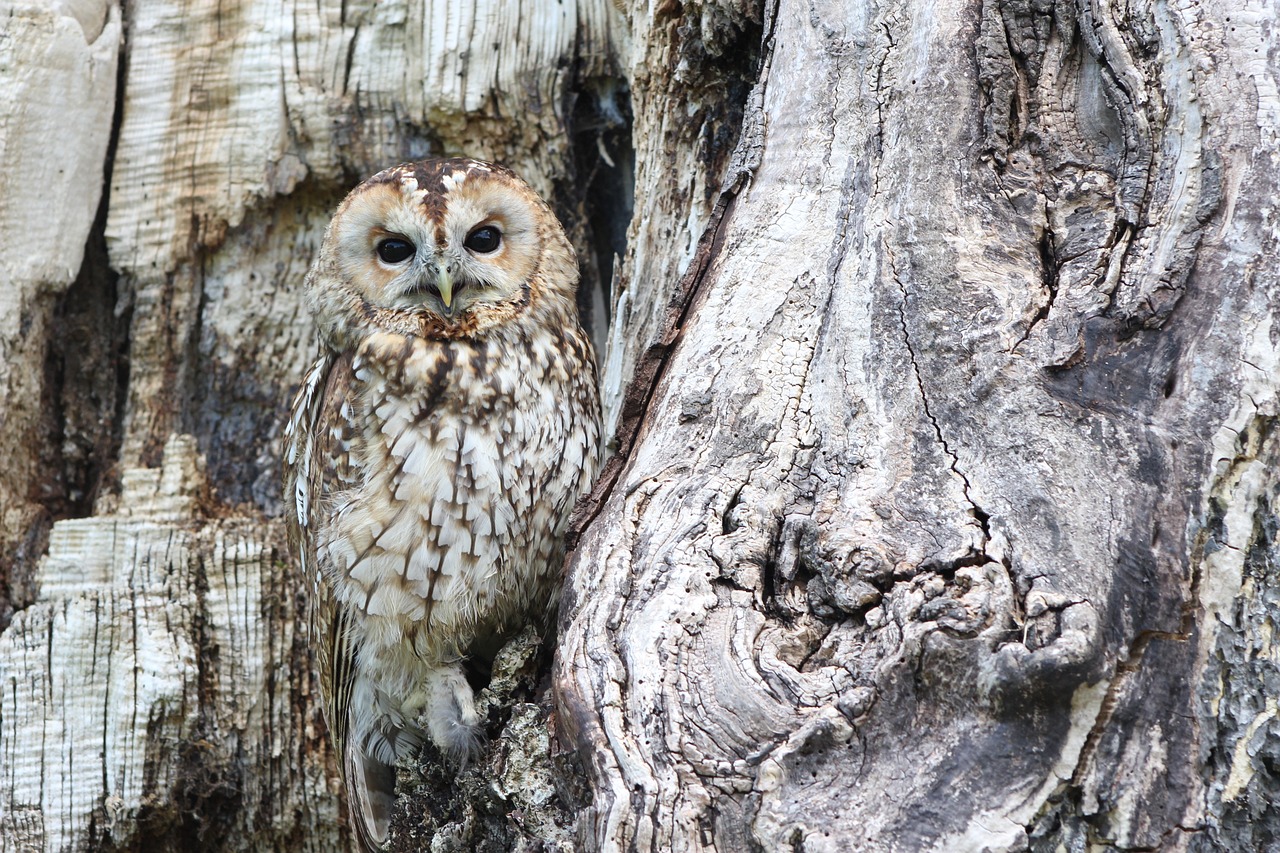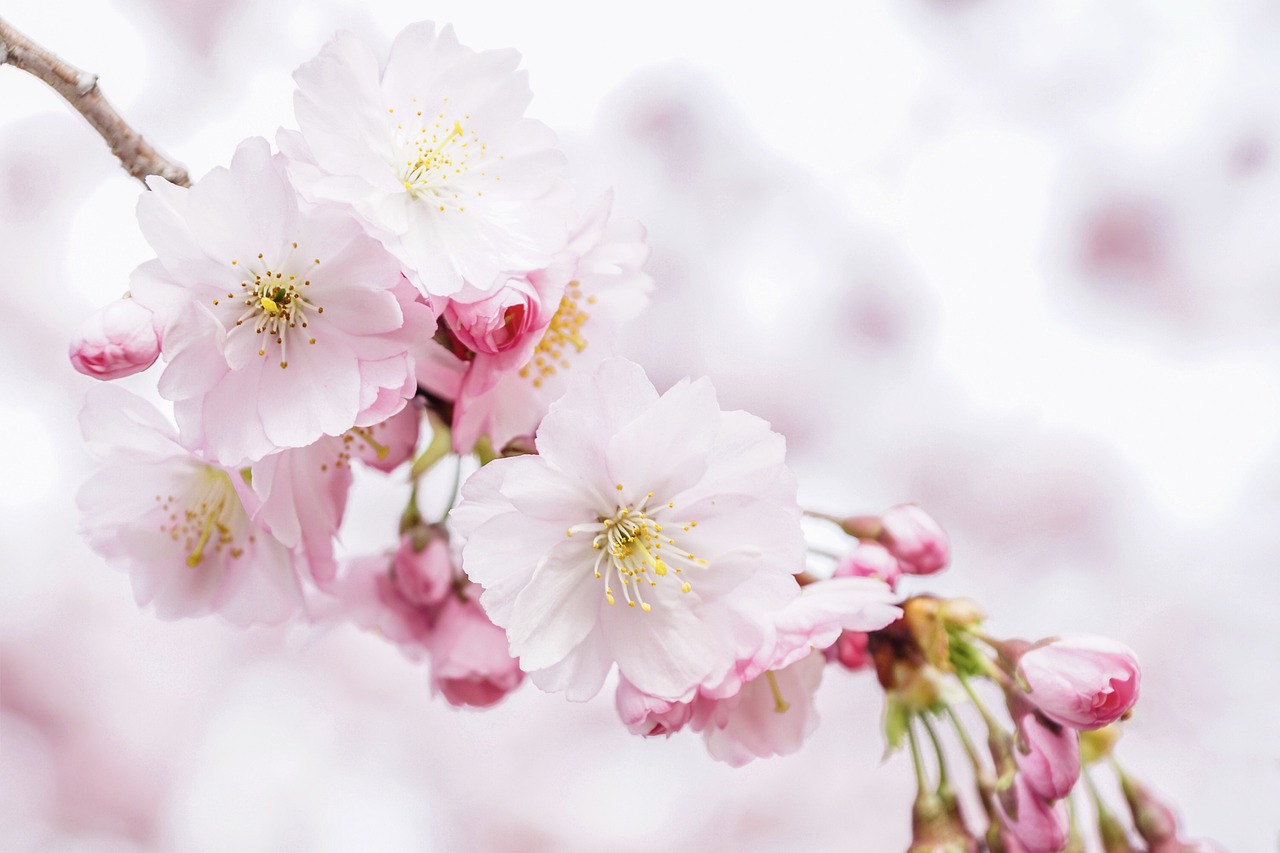The World Tree is often interpreted as a unifying symbol in myths and folklore, representing the connection between different realms of existence. It serves as a bridge between the heavens, earth, and underworld, embodying themes of life, growth, and interconnectedness.
Throughout various cultures, the concept of a World Tree appears in numerous myths and legends. This archetype is not only pivotal in storytelling but also serves as a profound metaphor for understanding the universe. The World Tree often symbolizes life, wisdom, and the cyclical nature of existence. In many traditions, it is depicted as a colossal tree that supports the cosmos and connects different worlds.

One of the most well-known representations of the World Tree is Yggdrasil from Norse mythology. This immense ash tree connects the nine realms of Norse cosmology, serving as a central axis for gods, humans, and other beings. It stands as a testament to the interconnectedness of all life. Similarly, in other cultures, such as the Mayans and Native Americans, trees serve as sacred symbols representing balance and harmony within nature.
Key Characteristics of the World Tree
The World Tree often shares certain characteristics across various myths and cultures. Understanding these attributes can provide deeper insights into its significance. Below are some common features:
| Characteristic | Description |
|---|---|
| Connection | The World Tree links different realms or dimensions, such as heaven, earth, and the underworld. |
| Life Cycle | It often embodies themes of growth, decay, and rebirth, reflecting the natural cycles of life. |
| Wisdom | The tree is frequently associated with knowledge and enlightenment, serving as a source of wisdom for beings that inhabit its realms. |
| Guardianship | The World Tree is often watched over by deities or mythical creatures that protect its sanctity. |
In addition to these characteristics, the World Tree often plays a critical role in the creation myths of various cultures. For instance, in some narratives, it is said that the World Tree emerged from primordial chaos, symbolizing order arising from chaos. This theme resonates across different traditions, highlighting humanity’s quest for understanding in an often chaotic world.

Furthermore, the presence of the World Tree in different cultures points to a common understanding among humans about nature’s interconnectivity. Many indigenous cultures view trees as sacred beings that hold spiritual significance. They are seen not only as physical entities but also as symbols of life and growth that teach important lessons about coexistence.
In Eastern traditions, such as Hinduism and Buddhism, trees are often celebrated in sacred texts. The Bodhi tree, under which Siddhartha Gautama attained enlightenment, serves as a prime example of how trees symbolize spiritual awakening. This further illustrates how the symbolism of trees transcends cultural boundaries while conveying universal truths.
As we explore various interpretations of the World Tree across myths and folklore, it becomes clear that it embodies more than just a physical structure. It represents life itself, encapsulating themes of connection, wisdom, and the cyclical nature of existence. Each culture enriches this symbolism with unique stories and teachings, reflecting shared human experiences despite geographical distances.

This exploration encourages us to reflect on our relationship with nature and the universe. It prompts us to consider how we are all interconnected through the fabric of existence. By examining these stories and their underlying meanings, we can gain insight into our own lives and the world around us.
The World Tree in Different Cultures
The concept of the World Tree exists in various cultures around the globe, each offering unique interpretations and stories. These narratives reflect the values and beliefs of the societies that created them. By examining these diverse representations, we can gain insight into how the World Tree serves as a universal symbol of life and interconnectedness.
Norse Mythology: Yggdrasil
In Norse mythology, Yggdrasil is perhaps the most famous example of a World Tree. This immense ash tree connects the nine realms of existence:

- Asgard: Home of the gods.
- Midgard: The realm of humans.
- Hel: The underworld.
- Jotunheim: The land of giants.
- Niflheim: The realm of ice and mist.
- Muspelheim: The realm of fire.
- Vanaheim: The home of the Vanir gods.
- Alfheim: Land of the light elves.
- Svartalfheim: Land of the dark elves or dwarves.
Yggdrasil is not just a physical tree; it embodies the connection between these realms. Its roots extend deep into the earth, while its branches reach high into the heavens, symbolizing the unity of all existence. The tree is also home to various creatures, including the wise eagle at its top and the serpent Nidhogg, who gnaws at its roots. This dynamic ecosystem highlights the balance within creation.
Native American Traditions
Many Native American cultures also feature trees as sacred symbols. The World Tree is often depicted as a central element in their cosmologies. For instance, in some tribes, the tree represents the axis mundi, a cosmic axis that connects the earth with the spiritual world.
In these traditions, trees often symbolize:
- Life and Growth: Trees are seen as living beings that provide sustenance, shelter, and medicine.
- Wisdom: Just as trees grow over time, they are viewed as wise entities that hold knowledge from generations past.
- Community: Many Native American stories emphasize communal living and harmony with nature, embodied in the nurturing aspects of trees.
Asian Interpretations: The Bodhi Tree
The Bodhi tree holds significant importance in Buddhism. It is under this sacred fig tree that Siddhartha Gautama attained enlightenment and became the Buddha. This tree symbolizes spiritual awakening and the pursuit of knowledge.
The Bodhi tree represents several key themes:
- Enlightenment: It serves as a reminder of the potential for anyone to achieve spiritual insight.
- Interconnectedness: Just like the branches of a tree reaching out, individuals are encouraged to connect with others on their spiritual journey.
- Impermanence: The cyclical nature of life is reflected in the shedding of leaves, reminding us that change is constant.
The Symbolism of Roots and Branches
The roots and branches of the World Tree often carry significant symbolic meanings across various cultures. The roots represent stability and connection to the earth, while branches symbolize growth and aspiration toward higher realms.
Roots as Foundations
The roots of the World Tree are often seen as a grounding force. They connect to ancestral wisdom and provide nourishment to the tree itself. This symbolism can be interpreted in several ways:
- Ancestry: Roots symbolize heritage and connection to one’s ancestors.
- Stability: They represent a solid foundation necessary for growth and flourishing.
- Nourishment: Roots draw sustenance from the earth, reflecting the importance of grounding oneself in reality.
Branches as Aspirations
The branches extend upward, symbolizing aspiration and reaching for higher knowledge or enlightenment. They represent various paths individuals may take in life:
- Diversity: Branches illustrate different paths and choices people can make.
- Growth: As branches reach toward the sky, they depict personal and spiritual growth.
- Connection: Branches may intertwine with others, signifying relationships and community.
This duality of roots and branches encapsulates the essence of life itself—grounded yet aspiring, connected yet individual. Each culture’s interpretation adds layers to our understanding of these symbols, enriching our collective narrative about existence.
The World Tree and Its Role in Creation Myths
The World Tree often appears in creation myths, serving as a central figure in the narrative of how the universe came to be. These stories illustrate the relationship between humans and the cosmos, emphasizing themes of growth, transformation, and the interconnectedness of all life. Various cultures provide rich narratives that highlight the importance of the World Tree in their creation stories.
Mesoamerican Myths: The Ceiba Tree
In Mesoamerican cultures, particularly among the Maya, the Ceiba tree is revered as a sacred symbol. It is considered a representation of the World Tree, connecting the earth to the heavens. According to their creation myths, the Ceiba tree emerged at the center of the universe, serving as an axis that supports different realms.
The Ceiba tree signifies:
- Stability: Its massive trunk represents strength and endurance in the face of adversity.
- Connection: The branches stretch wide into the sky, linking humans with divine beings.
- Life Cycle: The tree’s seasonal changes reflect the cyclical nature of life, death, and rebirth.
In these myths, the Ceiba is often depicted as a place where gods convene and where spiritual energies converge. This connection reinforces the idea of nature as a vital force in creation.
Hindu Cosmology: The Ashvattha Tree
In Hindu cosmology, the Ashvattha tree (or sacred fig) is another significant representation of the World Tree. It is mentioned in ancient texts like the Upanishads and symbolizes eternal life and knowledge. The Ashvattha tree is often depicted as having roots above and branches below, which contrasts with typical trees and signifies its unique role in creation.
This tree embodies several key aspects:
- Eternal Wisdom: The Ashvattha tree is associated with spiritual knowledge and enlightenment.
- Duality: Its inverted structure symbolizes the interconnectedness of the material and spiritual worlds.
- Cyclical Nature: Reflecting the cycles of life, it illustrates how existence is intertwined with death and rebirth.
The Ashvattha serves as a reminder of the importance of seeking knowledge and understanding our place within the cosmos.
The World Tree as a Symbol of Resilience
The World Tree often symbolizes resilience and adaptability. As it withstands storms, harsh winters, and other challenges, it serves as a metaphor for human endurance. This theme resonates throughout various myths and stories across cultures.
Resilience in Mythological Contexts
In many traditions, the World Tree faces trials that test its strength. For instance:
- Norse Yggdrasil: Yggdrasil endures attacks from various creatures, such as Nidhogg, who gnaws at its roots. Despite these challenges, it remains a vital part of existence.
- Native American Stories: Trees often represent survival through harsh conditions, signifying the importance of adapting to changing environments.
- Asian Legends: In some Asian cultures, trees are celebrated for their ability to thrive despite adversity, reflecting perseverance in life’s journey.
This theme of resilience encourages individuals to find strength within themselves during difficult times. Just as trees adapt to their environment, so can humans learn to navigate life’s challenges.
The Healing Power of Trees
The World Tree is also associated with healing and restoration. Many cultures believe that trees possess unique properties that can heal both physical and spiritual ailments.
- Sacred Spaces: Many traditions include sacred groves or forests where people go to seek solace and healing.
- Medicinal Properties: Various trees are known for their healing qualities, providing remedies for different ailments.
- Spiritual Renewal: Spending time near trees is often believed to promote emotional healing and spiritual renewal.
This association reinforces the idea that nature plays a crucial role in human well-being. The World Tree becomes a symbol of hope and restoration, encouraging individuals to seek balance and harmony within themselves and their surroundings.
The Artistic Depictions of the World Tree
The World Tree has also inspired countless artistic expressions across cultures. From ancient carvings to contemporary art, its imagery conveys deep philosophical meanings and cultural values.
Visual Representations
Artistic depictions of the World Tree vary greatly among different cultures but often share common themes:
- Cultural Significance: Many artworks reflect the cultural beliefs associated with trees, illustrating their importance in mythology.
- Symbolic Elements: Artists incorporate various symbols like animals, celestial bodies, and human figures to convey deeper meanings.
- Nature’s Beauty: The aesthetic beauty of trees is celebrated through vibrant colors and intricate designs.
This artistic exploration invites viewers to connect with the symbolism of the World Tree on a personal level. It encourages reflection on one’s relationship with nature and the larger universe.
The World Tree in Modern Interpretations
In contemporary society, the symbolism of the World Tree continues to resonate. It appears in literature, art, and popular culture, often representing themes of environmentalism, unity, and spiritual growth. As people become more aware of ecological issues and the interconnectedness of life, the World Tree serves as a powerful reminder of the importance of preserving nature.
Environmental Symbolism
As global awareness about environmental issues rises, the World Tree has taken on new meanings. It symbolizes the importance of nature conservation and the fight against climate change. Many environmental movements adopt the imagery of trees to emphasize sustainability and the need to nurture our planet. Here are some ways this symbolism manifests:
- Conservation Efforts: Organizations often use tree imagery to promote reforestation and habitat preservation, highlighting the vital role trees play in maintaining ecological balance.
- Awareness Campaigns: The World Tree’s symbolism is frequently invoked in campaigns that aim to educate people about the impact of deforestation and pollution.
- Cultural Revitalization: Indigenous communities utilize the World Tree as a symbol of their connection to the land, advocating for the protection of their traditional territories.
This modern interpretation reinforces the idea that humanity must work together to care for the Earth. Just as the roots of a tree provide stability and nourishment, our collective efforts can lead to a healthier planet.
Spirituality and Personal Growth
In spiritual practices, the World Tree continues to symbolize personal growth and transformation. Many individuals draw on its imagery during meditation or self-reflection, using it as a tool for inner exploration. Aspects of this interpretation include:
- Grounding Techniques: Individuals may visualize their own roots extending into the earth, fostering a sense of stability while navigating life’s challenges.
- Growth Visualization: The branches reaching upward can represent aspirations, encouraging people to pursue their goals and dreams.
- Interconnectedness: This imagery reminds individuals of their connections with others, promoting a sense of community and shared purpose.
Through these practices, people harness the symbolism of the World Tree to cultivate resilience, self-awareness, and a deeper understanding of their place within the larger tapestry of life.
Final Thoughts
The World Tree serves as a profound symbol that transcends cultures and time. Whether represented as Yggdrasil in Norse mythology or the Bodhi tree in Buddhism, its meaning encompasses themes of connection, resilience, growth, and unity. The significance of the World Tree in myths and folklore reveals humanity’s enduring relationship with nature and the cosmos.
As we have explored, the World Tree is not merely a mythological construct but a living symbol that encourages reflection on our interconnectedness with each other and the environment. In an era marked by environmental challenges and a quest for personal meaning, this symbol resonates more than ever.
As we move forward, embracing the lessons of the World Tree can inspire us to cultivate a deeper respect for nature and one another. By understanding its multifaceted meanings, we can foster a sense of responsibility toward our planet while nurturing our personal growth and connections. The World Tree stands tall as a testament to life’s intricate web, inviting us all to appreciate and protect our shared home.
